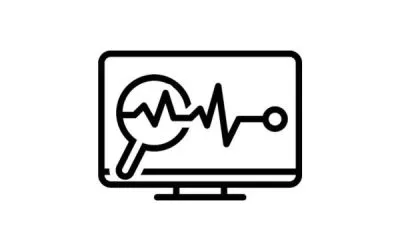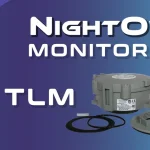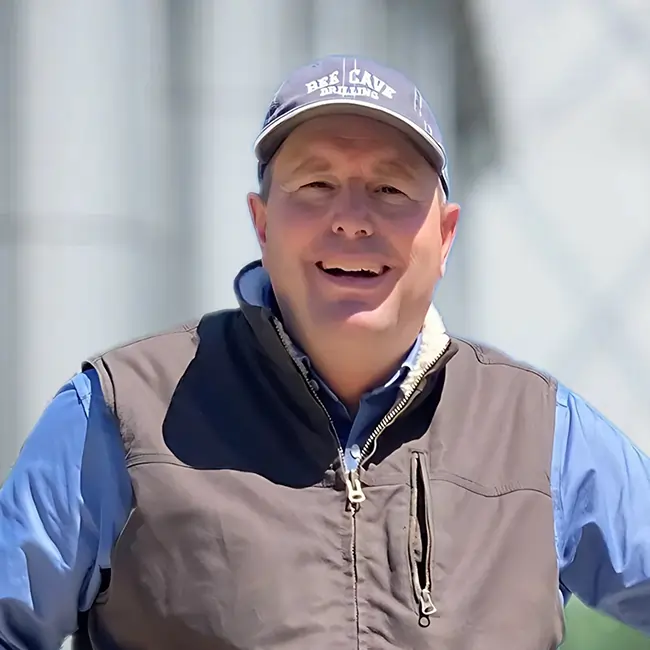The NightOwl water well monitoring and control system uses three main languages to communicate with sensors. Each style has its benefits and drawbacks. It’s important to understand the communication style of each sensor — and its limitations — to achieve the best results with your NightOwl water well monitoring and control system.
The first language of communication is analog. You may recognize this as 4–20 mA. This is commonly used in things like pressure gauges, but you will also see it in some water meters and temperature sensors. The main benefit of this type of system is that the sensors are usually less expensive. The drawback, however, is that you can only send one data set per sensor. This means that although you might have a sensor capable of monitoring more than one thing, it will only send one set of data through the cable. The other data will be lost.
The second language that the NightOwl system uses is Modbus, which is a great communication tool because it allows for multiple streams of data to flow through one cable. Not only does it allow multiple data points from one sensor, but it can also send data from multiple sensors at once — and there is no limit to the number of sensors you can communicate with through one cable. As you can imagine, these sensors tend to be a little more expensive than the analog versions. However, another great benefit of this style of sensor is that it allows for easy installation. We use a Modbus connection block that allows multiple sensor cables to connect to one-sensor port on the NightOwl water well monitoring and control system box.
The third language that the NightOwl water well monitoring and control system speaks is pulse. This is also called a digital input, and it’s typically used in water meters and vertical turbine pump lubricators. The pulse input is simply a voltage that appears on the line and then stops. The NightOwl water well monitoring and control system simply counts the number of times that the pulse occurs. For something like a water meter, you might see one pulse for every gallon of water. For larger water meters, there might be a pulse every 10 gallons, 100 gallons, or even 1,000 gallons. With four-turbine pump lubricators, you will likely get one pulse for every drop of oil. The NightOwl water well monitoring and control system will count the number of pulses and the amount of time they occur to give you a pulse rate, which can be interpreted as gallons per minute or drips per minute.
One of the big benefits of the NightOwl water well monitoring and control system is that it can communicate with pretty much any sensor. So, if you have something special you want to measure, just let us know and we will make it work.





